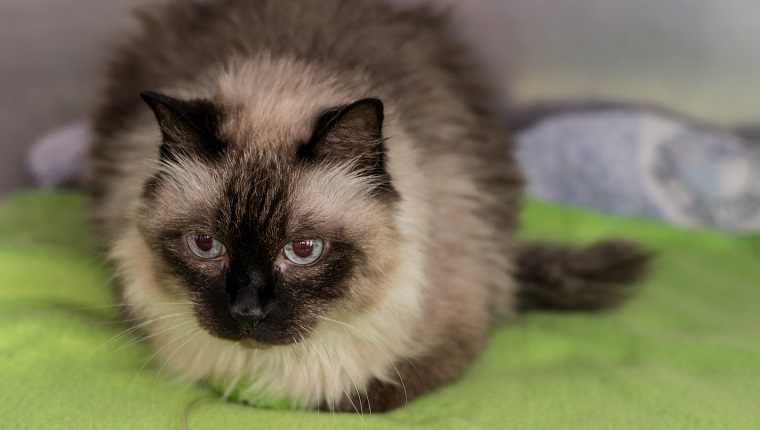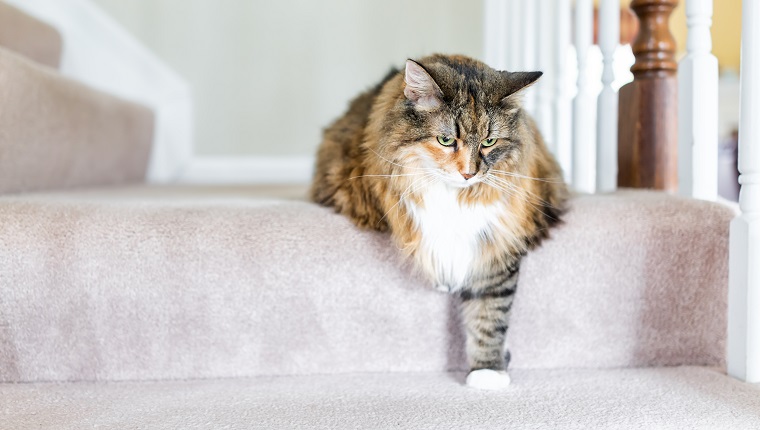Arthritis in cats is a condition that happens when the cartilage that’s between the bones starts to deteriorate. Depending on how severe it is, the condition can hamper a feline’s ability to get around.
The condition is also sometimes called osteoarthritis, and isn’t actually that common. However, it can impair your feline’s day-to-day activities. While there is no cure, your regular veterinarian can help suggest some measures and steps to ease the pain.
If you see unusual symptoms or signs of pain in your cat, consult your vet for a proper diagnosis and course of treatment. Here’s what you should know about the symptoms, causes, and treatments for arthritis in cats.
Symptoms Of Arthritis In Cats
The main symptom of arthritis in cats is a decrease in their ability to move and get around. You’ll likely notice this when they seem less confident and balanced while going about their daily tasks and movements.
Here are some of the symptoms that appear in arthritic cats:
- Not being as active, especially when it comes to hopping up on the couch or climbing stairs
- Walking with less poise than usual
- Not using their litter box as usual because climbing in causes physical pain
Causes Of Arthritis In Cats

Most times, arthritis in cats occurs simply as part of the natural aging process. The cartilage that’s between bones starts to deteriorate and stops acting as a cushion between the bones that connect at a joint. This causes the cat pain.
In other cases, the condition has been known to come about due to infections around a joint, after a physical injury, and even if a cat develops feline obesity, which in turn places more burden on the joints.
Treatments For Arthritis In Cats
There is no cure-all treatment for arthritis in cats. Most treatment focuses on reducing pain, slowing degradation of cartilage, and maintaining quality of life.
Sometimes, your vet might consider prescribing pain medication or anti-inflammatory drugs. Other courses of treatment may be focused on nutritional supplements or, if appropriate, embarking on a monitored weight loss program.
As always, it’s important to administer any course of treatment, including medication, exactly as your vet suggests.
Have you had a cat with arthritis? How did you manage their pain and provide comfort? Tell us about it in the comments below!




